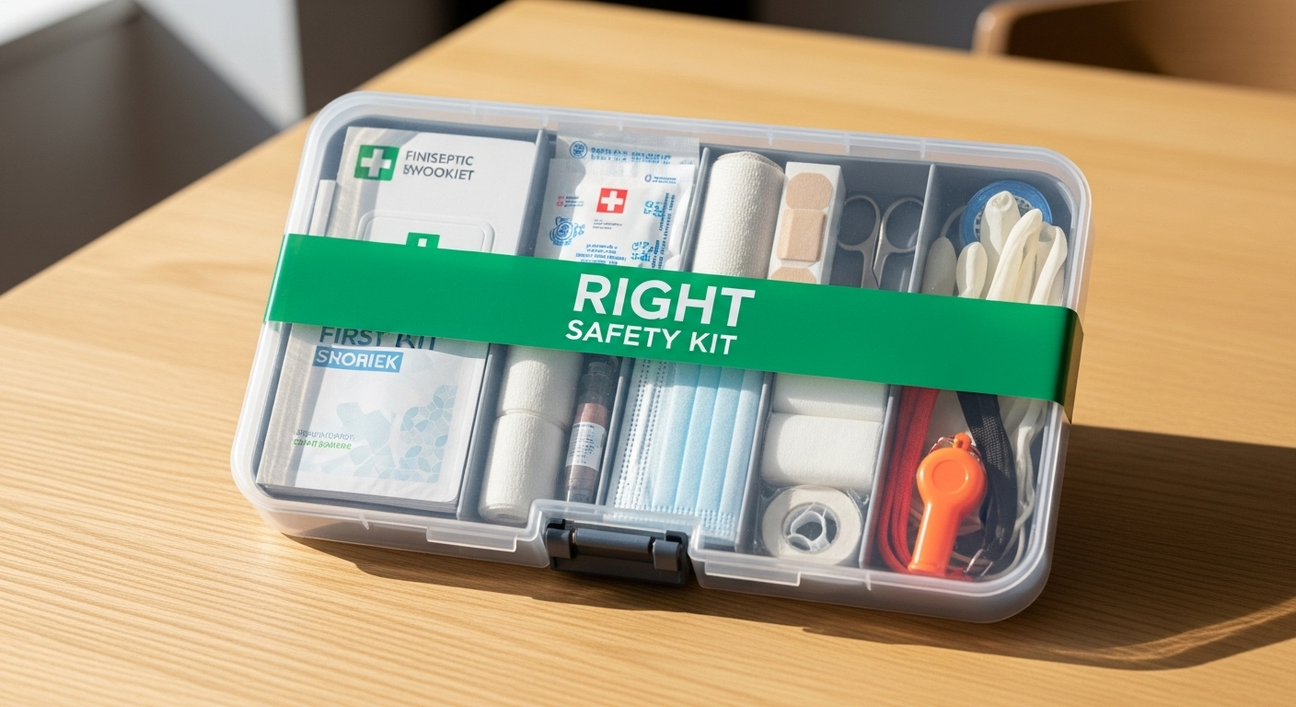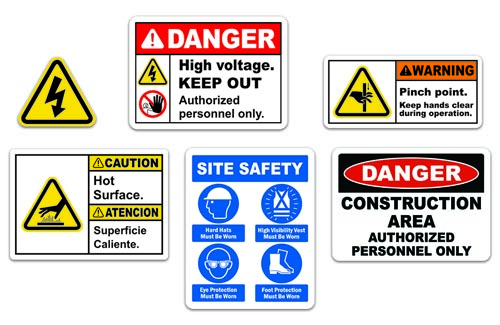Kaizen Getting Started
There is more to implementing Kaizen than we can include on a single web page. However, the following serves as an overview of introducing Kaizen into an American workplace.
For most American companies Kaizen involves a significant change in the corporate culture. This is key. The attitudes of employees – from top management down to new hires will need to change. Kaizen needs to become something all employees do because they want to, and because they know it is good for them and the company. It can not be something employees do because management dictates that it be done.
That means that if management isn’t ready to lead by example, Kaizen will not get off the ground.
Creative Solutions Instead of Capital Expenditures.
Employee training and communication is important. Combined with that, direct involvement by the management is critical. For example, a manager spending a week on the shop floor working with employees to help and encourage them to develop suggestions will help. That manager should also ensure employees see their suggestions acted on immediately. Suggestions should not be implemented next month or next week, but today. In some cases, a suggestion submitted in the morning can be implemented that afternoon, or sooner.
Keep employees informed about what happens with their suggestions. Don’t have suggestions disappear into a management “black hole.”
This is part 4 in our Kaizen educational series for businesses:
- What is Kaizen?
- Kaizen Events, Explained
- Benefits of Kaizen
- Getting Started with Kaizen
- Motivate workers & become a more effective leader with Kaizen (Get our Kaizen Guide)
To get Kaizen started it can be helpful to bring in outside experts. They can work in your facility identifying problems that those close to the work may not see. This serves as a “seed” allowing employees to see how Kaizen works and to experience the benefits of Kaizen.
Reward Identification of Problems
A significant obstacle to Kaizen in many corporations is that problems are seen as negatives. We don’t like problems. Someone who is associated with a problem is likely to be negatively impacted (a lower raise, missed promotion, or even fired). In Kaizen, problems are opportunities to improve. With Kaizen we want to find, report, and fix problems. Kaizen encourages and rewards the identification of problems by all employees.
To encourage the submission of suggestions, a part of each supervisor’s evaluation should be based on the number of suggestions submitted by those they supervise. Don’t evaluate employees on the number of suggestions they submit, evaluate your supervisors and managers, and how well they are doing at getting those who work for them to actively participate in Kaizen.
Managers should develop methods to help create suggestions and increase the number of suggestions. For example, set up teams of five to 12 people to evaluate work areas, processes, quality, productivity, and equipment availability/reliability. The team then makes suggestions for improvements, and they may even implement those improvements.
Train employees in using Kaizen and keep in mind that Kaizen is about action. Taking action to generate suggestions, and taking action to implement those suggestions immediately.
Now it’s time for you to take action! Download our free Kaizen Best Practice Guide for comprehensive advice on how to implement Kaizen in your facility.




















































